JULY 2025
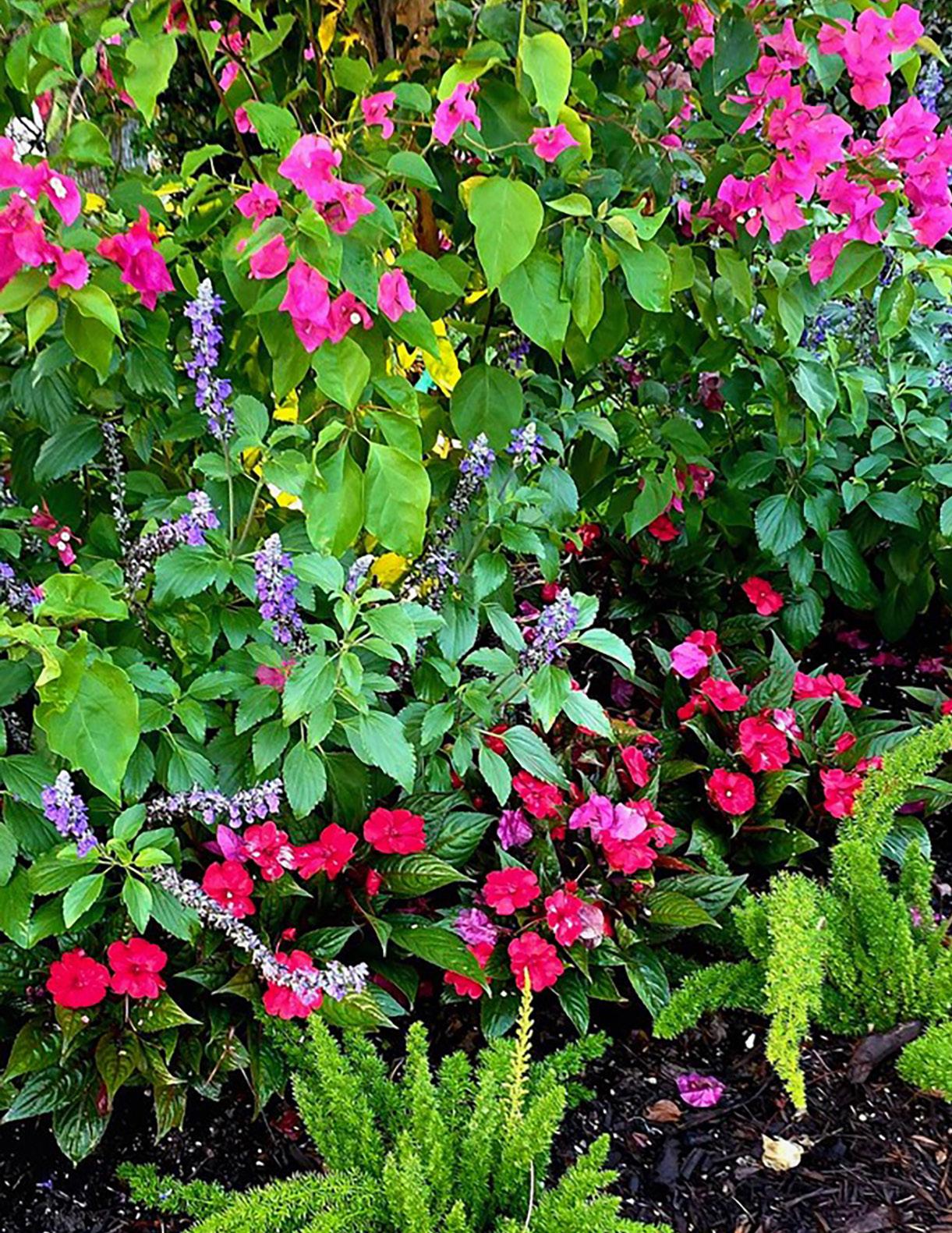


JULY 2025



Please join us in welcoming James Tanigawa as Verandah’s new General Manager. Before joining our team, James was the Director of Community Association Management for RealManage’s Southwest Florida operations. In that position, he oversaw community association management operations across over twenty communities.
James is licensed by the State of Florida as a Community Association Manager and has maintained consistent licensure since 2008. Having spent 18 years working in the Southwest Florida community management industry, James brings a wealth of information and experience to the VCA Management Team. He has expertise in budget formulation, vendor relations, community
development, regulatory compliance, and possesses a deep understanding of Florida homeowners and condominium association governance.
You may have previously met James, as this is not his first time working with the VCA. In 2024, he worked in the VCA office for several weeks as our interim manager, while the VCA worked to fill the general manager position vacated by Lynne Pietrzyk. James, commenting on his first days with us, says “I’d like to take a moment and thank the Verandah residents for the warm welcome I’ve received thus far. These past few weeks have been spent becoming more closely acquainted with the community, its various initiatives and –most importantly – its residents”.
(continued on page 3)

Production Directors
Stephen Miller
Elizabeth Miller
Sales Department
Tom English
Margo Williams
Laura Berrio
Bret McCormick
Miranda Ledbeter
Alyssa Debban
Justein Matthias
Anissa Stender
Webmaster
Selina Koehler
Production Manager
Lee Nostrant
Production Department
Elaine Donholt
Ruth Nekoranec
Katie Heystek
Dianne Strout
Karen Kalisz
Michelle Feeney
Andie Reynolds www.seabreezecommunications.com
The Verandah View is a publication of the VCA. We work with Seabreeze Communications, a marketing company whose advertising provides the revenue to produce the View at no cost to the Verandah community. The content is prepared by the VCA Communications Committee.
Elizabeth Lynch, Editor
Alice Borowsky
Stephanie Levin
Susan Shamey
Seabreeze Communications, Inc. does not endorse any advertising as it relates to the communities. Advertising is not screened by Seabreeze Communications, Inc.
All rights reserved. Reproduction or utilization of these contents in any form by any electronic, mechanical, or other means, including xerography and photocopying is forbidden without the written permission of the Publisher.
The Publisher is not responsible or liable for misinformation or misprints herein contained and reserves the right to accept or reject all copy deemed unsuitable for publication.
Norm Toback
David Keeley, Board Liaison
Linda Lach, Adviser and Board Member
PAGE KEELEY
VERANDAH’S BALD-HEADED BIRD: THE WOOD STORK
There’s something timeless about the sight of a wood stork wading through the ponds of Verandah. With their long legs, slightly hunched shoulders, dark bald heads and heavy, down-curved bills, these prehistoric-looking birds hold a special place in Verandah’s natural world.
At first glance, a wood stork might look like an old man with its featherless, wrinkled head covered with rough, scaly skin that ranges from dark gray to black, giving them an aged, weathered look. Their long, heavy bills curve downward and are perfectly designed for their unique feeding style.
This unusual combination of features isn’t just for show. As
(continued on page 5)
wood storks wade through shallow water, they plunge their heads into the shallows, sweeping their long, downcurved bills back and forth in search of prey using a technique called tactile feeding. When a small fish or frog brushes against the bill, it snaps shut in a lightning-fast reflex, catching the prey in an instant. It’s a fast, almost automatic reaction. If the wood stork had feathers on its head, they would quickly become soaked, muddy, and tangled. Instead, the featherless, almost prehistoric-looking skin helps the stork stay clean and efficient as it feeds—making its unusual appearance a perfect match for its specialized feeding style.
If you look up and see a wood stork soaring overhead, you will notice that unlike smaller birds that flap their

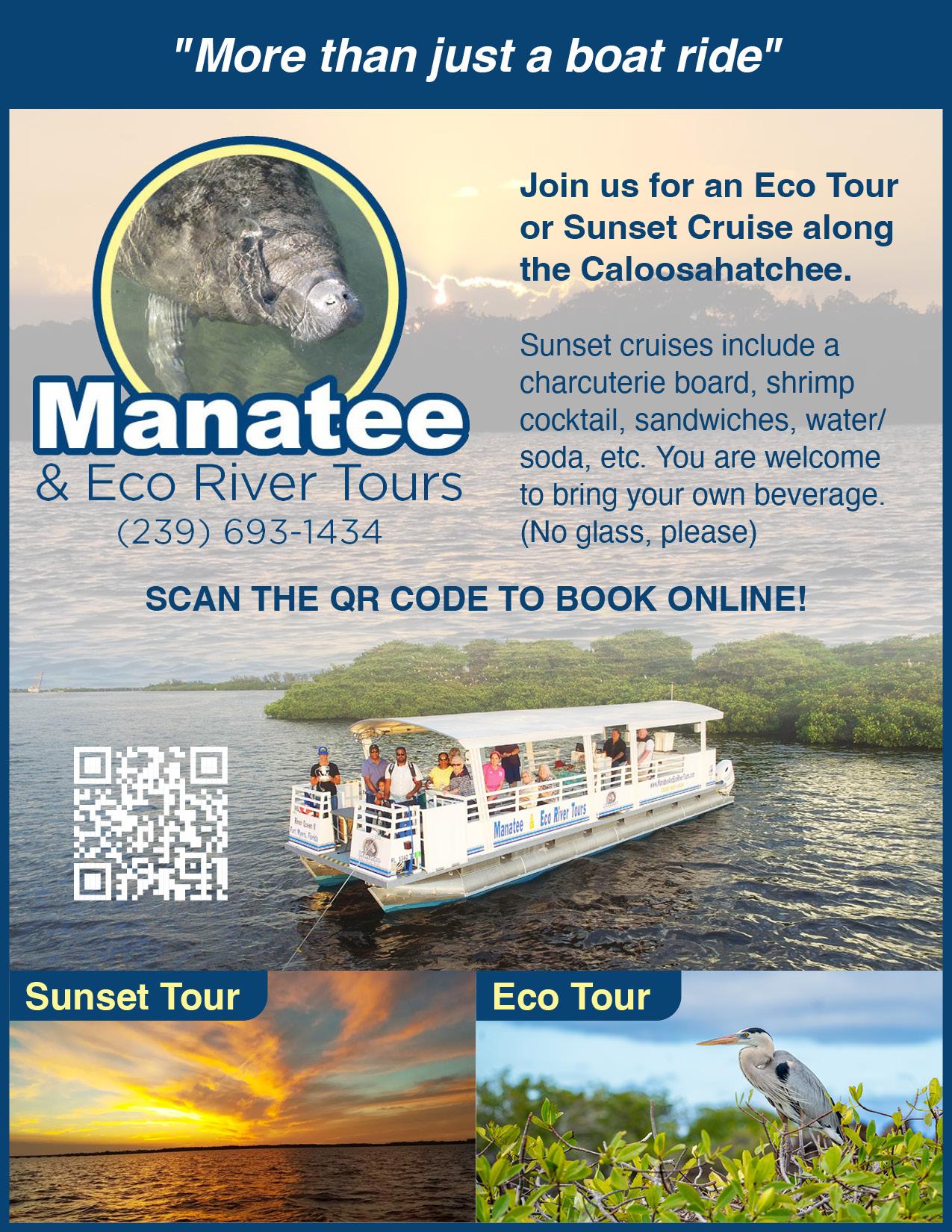
wings constantly, wood storks ride the warm, thermal currents high above the trees, barely moving their wings at all. With wingspans that can stretch up to five feet, wood storks glide gracefully on broad, black-edged wings, their long necks extended and legs trailing behind like streamers.
While wood storks are often seen alone in Verandah, standing still by the ponds or soaring silently through the sky, they aren’t truly solitary creatures. This quiet, solitary appearance is part of their feeding strategy. To catch prey efficiently, wood storks spread out across wetlands, each bird slowly wading and sweeping its long bill through the water to avoid scaring fish away.
(continued on page 6)
Crowding together would make hunting much harder. However, when it’s time to nest, wood storks gather in large colonies— sometimes with dozens or even hundreds of nests in a single area. While they may appear solitary at first glance, these birds are actually quite social when it comes to raising their young. Two areas near Verandah where wood storks have nested in large numbers include Lenore Island in the Caloosahatchee River and the Corkscrew Swamp Sanctuary, although numbers there have declined in recent years.
Wood storks are considered a conservation success story. Once on the brink of extinction due to habitat loss, they have made a slow
but steady comeback thanks to wetland restoration efforts across the state of Florida. Despite these successes, wood storks remain vulnerable to environmental changes, particularly the alteration of wetlands and cypress tree habitats used for nesting.
So the next time you spot a wood stork wading in the shallows or soaring above the trees, pause for a moment and admire this remarkable bird. They are a symbol of resilience and a reminder of how preserving natural spaces is crucial for supporting wildlife that depends on healthy wetlands— and that we can find ways to share our environment with these special birds.
(continued on page 7)

1. Wood storks are the only native stork species found in the United States.
2. A wood stork’s wingspan is about the size of a small adult human lying down.
3. Wood storks nest in large groups called colonies, often sharing the trees with herons, egrets, and ibises.
4. A wood stork’s nest can reach over three feet across and two feet deep, made of sticks and lined with greenery. It’s the size of a small bathtub.
5. Wood storks can travel over 50 miles in a single day to find food, soaring across the landscape in search of fish-rich wetlands.
6. Wood storks cool off in the high heat by urinating on their legs, a process called urohidrosis. The evaporating liquid helps regulate their body temperature—an unusual but effective cooling method, similar to how humans sweat.
7. Early settlers nicknamed wood storks “Flintheads” because their bald, dark heads resembled pieces of flint.

8. In the wild, wood storks can live over 20 years.
9. Scientists consider wood storks an “indicator species” because their health reflects the overall condition of the environment.
10. Growing wood stork chicks are hungry. A single chick can consume up to 1.6 pounds of fish daily, which is a huge portion compared to its body weight. That’s like a 100-pound person eating 50 pounds of food a day!
A wood stork’s wingspan is about the size of a small adult human lying down.
The adorable Lizzie catches your eye with her warm smile and interesting markings. Lizzie is a 2 year, 7 month old “F1” sheepadoodle (first generation offspring from a purebred Old English Sheep Dog mother and Standard Poodle father). This Southern beauty who was born, raised and trained in North Carolina, loves her daily exercise strolling around the neighborhood and running and playing with other dogs. Lizzie is a “regular” at the Verandah Big Dog Park. She can perform a small set of doggy tricks such as the usual sit, lie down, shake paws etc. but otherwise is more interested in activities involving “protecting us” (barking at any movement outside), and anything

associated with food (she has “treat puzzles” she “solves”…well, sort of…)!! Lizzie lives with her dog parents, Ed Bouton and Susan Miller. Look out for Lizzie and it’s a guarantee she’ll give you big grin!
A beloved pet’s photo, whether dog, cat, horse, bird, or fish will be featured in the Verandah View Pet of the Month. Resident owners can send in a photo with pet’s name, owner’s name, type of pet, and one sentence or two about their pet by texting Susan Shamey at (724) 355-2478 or email sshamey@ymail.com. Pet photos will be randomly chosen from entries – big or small. All pets are beautiful to their owners.

This casual restaurant has one major thing going for it – it is close to Verandah. We had great hopes for this spot when it first opened but it had a revolving door of management teams and could not decide on a style or menu. We decided to give it one more shot and to our surprise the service and food were better than we expected.
Where appetizers are concerned, try the Coconut Shrimp. These butterflied shrimp are served with a sweet Thai chili sauce.
For salads I highly recommend the Classic Wedge. Served with iceberg lettuce, bacon crumbles, red onions, grape tomatoes and Gorgonzola cheese. This salad is topped with blue cheese dressing and a balsamic reduction. Have your server split the salad, it is enough to share.
My favorite item on the menu is the Blackened Shrimp Tacos. The warm tortillas are stuffed with citrus slaw and a mango salsa and are topped with a spicy remoulade sauce, (be sure and ask for extra sauce). These tacos are also available with chicken.
For the burger fan there is a Lakeside Burger but, while not on the menu, the kitchen has no trouble making you a smash burger.

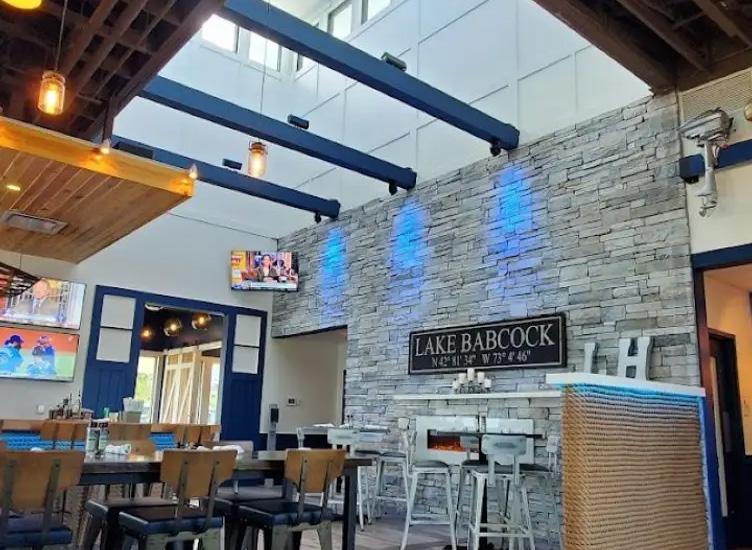
When deciding on a Chef’s Entrees try the Shrimp Basket. While it comes with French fries and citrus slaw, try changing it out for sweet potato fries and a cucumber salad.
There is one other thing to really like about this restaurant – sitting outside and enjoying the lakefront view.
The Lake House is located at Babcock Ranch, 42860 Crescent Loop, Punta Gorda, FL 33982.
That’s it for now, Ginger Snap









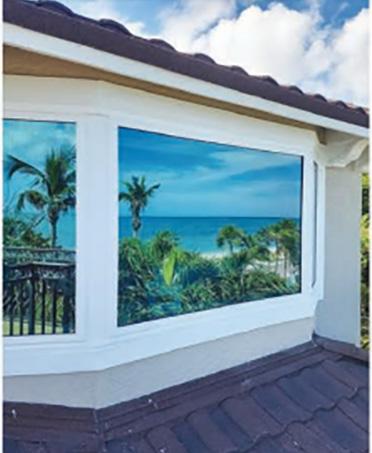
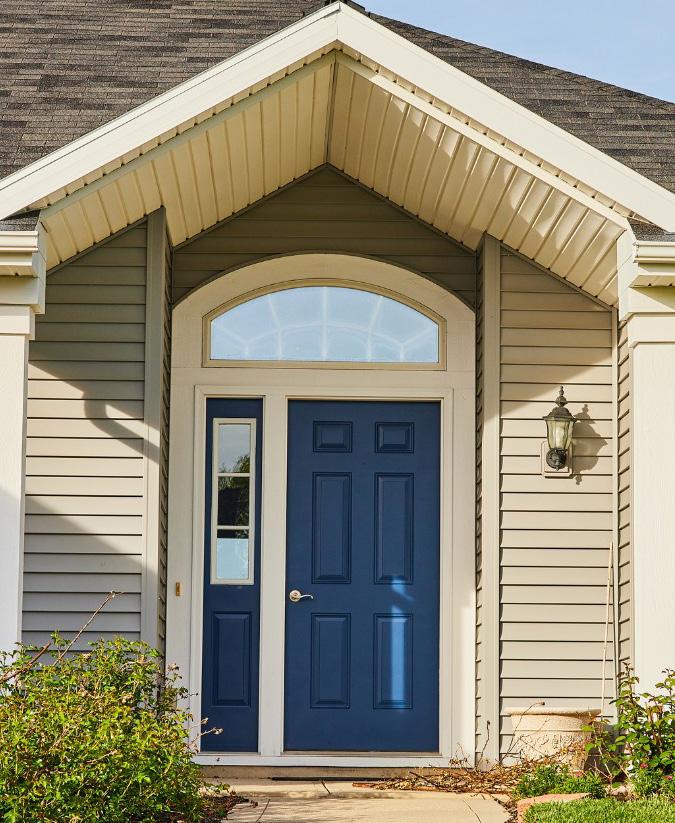






We’re getting ready for another season of fabulous events brought to you by VWSC. Membership details will be available later this summer!

Monday, December 8

Tuesday, October 28
Slip into your little black dress and join us for a fabulous evening filled with fun, friends, and giving back. Enjoy a lively atmosphere, exciting raffle prizes, and the joy of supporting a meaningful cause.
All proceeds benefit Moffitt Cancer Center in support of breast cancer awareness.

Get a head start on your holiday shopping while enjoying a festive evening with friends. Browse a fantastic selection of unique gifts from returning favorites and exciting new vendors. It’s the perfect way to check off your list and have fun doing it!


Tuesday, January 20
Get ready to groove to the greatest hits of the '60s, '70s, and '80s! Dress to impress in your favorite decade’s style and hit the dance floor for a night of nostalgia, fun, and unforgettable memories.
A Must Attend Event of the Year!
Monday, February 23
Always a sell out, our beloved Fashion Show is back featuring stunning VWSC members modeling the latest styles and trends. Enjoy an afternoon filled with fabulous fashion, lively music, and great company. It ’s the perfect blend of elegance, entertainment, and community spirit.


Monday, March 16
Join us for a cruise inspired evening filled with live entertainment, sensational lounge singers, and plenty of dancing.

Slip into one of your favorite flirty sundresses and get ready for a casual, fun filled night that feels like a getaway with your best friends by your side.

Monday, April 13
Join us for a fabulous night just for the ladies featuring Music Bingo, dancing, prizes, and delicious food. No cash buy in, just bring your energy and enjoy the fun! It was the perfect way to close out the season last year let’s make it even better this time around!
KAREN M. MAXWELL, HORTICULTURE PROGRAMS COORDINATOR AND HORTICULTURE SPECIALIST AT EDISON AND FORD WINTER ESTATES
Recently, a team from the University of Florida/Institute of Food and Agricultural Sciences (UF/IFAS) in Immokalee visited Edison and Ford Winter Estates to discuss the work they are doing on behalf of the estates to save the Henry Ford citrus grove that was planted in 2019. Over the years, the historic citrus has all but disappeared from our site; however, with the help of UF, this important chapter of our garden’s history is being restored.
Through the years, the fragrance of citrus blooms would have been a strong element of the estates as far back as 1892. When Henry Ford originally purchased his Fort Myers property in 1916, the seller and Edison neighbor, Robert Smith of New York City, boasted that his property included “100 grapefruit trees, 50 orange trees, mangos, lemons, and limes.”
Earlier records indicate that upon purchasing his property, citrus was among the first trees Edison had planted. By 1917, it was recorded that nearly 300 fruit trees grew on both lots, meaning the east and west sides of McGregor Boulevard. Inventories of the time show 98 grapefruit trees, 59 orange trees, 10 tangerines, assorted lemons and limes and in 1929, kumquats were added. A review of old planting maps reveals an extensive network of citrus surrounding the caretaker cottage
and Edison home. The Edisons frequently had Fort Myers caretakers ship boxes of fruit to their New Jersey residence, as well as to friends such as the Fords in Michigan.
The Edisons had issues with citrus, such as hurricanes and freezing temperatures that devastated fruit crops. Mina Edison championed her citrus trees and always included “fertilizing the citrus” on caretaker work orders, while Thomas insured plenty of trench irrigation to keep trees supplied with water.
A total of 50 trees, predominantly Valencia oranges with a few lemon trees mixed in were planted in the new grove in 2019. The trees were grafted on citrus rootstock selected for vigor and perhaps resistance to citrus greening. A large graft is visible about eight inches above the ground on original trees. Below the graft is the rootstock and above the graft is called the scion. Grafting enables the trees to become fruit bearers in less than two years, where a seed grown citrus may take more than 12 years to produce fruit (this was a technique also employed by Edison).
Of the new grove, about 20 percent have been replaced or removed. At installation, the young trees were bagged with a white net that served as a prophylactic to protect (continued on page 13)
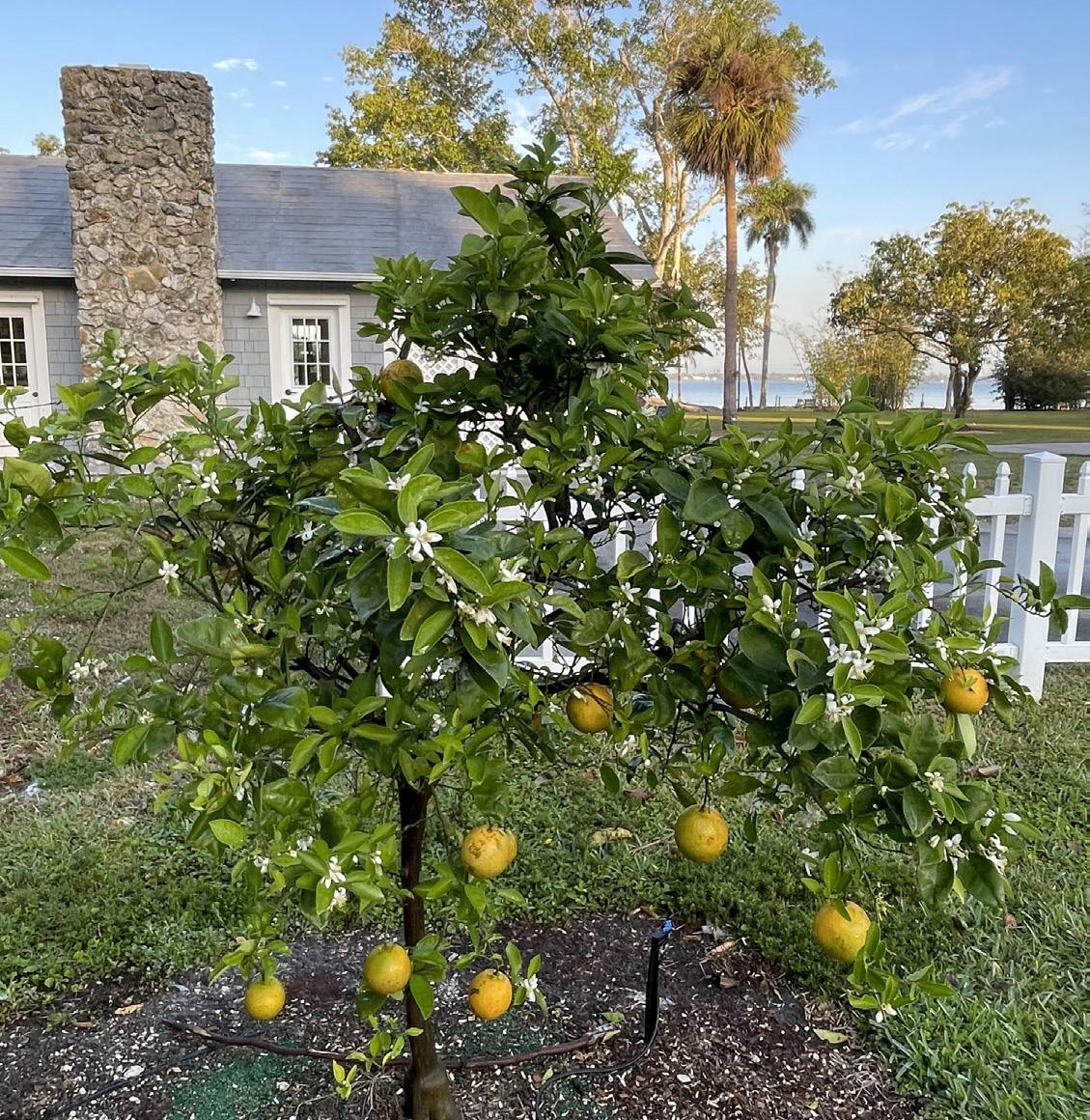
A CITRUS TREE ON THE FORD PROPERTY AT THE ESTATES WITH LAST YEAR’S FRUIT.
the trees from the Asian citrus psyllid – a tiny bug that carries the bacteria responsible for citrus greening or huanglongbing (HLB). As the trees increased in size, larger bags were installed to allow the trees to grow a trunk large enough to support the drilling required for the injection site.
Origins of the disease trace back to China in the late 1920s, with the disease first documented in Florida in 2005. It is possible that the disease was present earlier, because one of its symptoms – the discoloration of leaves – may have been mistaken for nutrient deficiency while concurrently, officials were busy attempting to unsuccessfully eradicate trees infected (continued on page 14)

with the deadly citrus canker. Once the scientists realized that the discoloration was not evenly distributed on either side of the major vein on leaves, the random discoloration was named “blotchy mottle” and the disease was identified.
According to UF/IFAS, the popular and common periwinkle flower is easily infected with HLB-causing bacteria. Armed with this information, the readily grown plant was put through many trials of different treatments in efforts to find a cure. It turns out they responded very well to treatment with antibiotics.
As of today, there is no cure for citrus greening. Between the disease, the rapid value increase of farmlands for development and destructive hurricanes, Florida citrus production has fallen 90 percent from its highest production levels in the early 2000s.
While the disease has spread around the world, there are pockets that seem to have evaded the deadly insect. California, Europe and Chile have not yet reported the existence of the disease. Why did it hit Florida so hard? Probably because once it arrived, it was able to move without hindrance from grove to grove to grove. There are no large mountain ranges to interrupt its travel as in the areas just listed. Additionally, local weather is particularly hospitable to the Asian citrus psyllid, which prefers consistently warm temperatures and hurricane winds.

DR. FRITZ ROKA (LEFT), DIRECTOR OF THE CENTER FOR AGRIBUSINESS AT THE LUTGERT COLLEGE OF BUSINESS AT FGCU, WAS ORIGINALLY RESPONSIBLE FOR BRINGING THE UF TEAM TOGETHER WITH THE ESTATES’ CEO, MICHAEL FLANDERS, TO ENABLE THE INOCULATION PROJECT AT NO COST TO THE ESTATES. ROKA SHARED THAT UNTIL THE TREES REGAIN THEIR ECONOMIC VIABILITY WITH STABLE PRODUCTION OF FRUIT, FARMERS WILL BE HESITANT TO REPLANT THEIR ACREAGE WITH CITRUS. OBSERVING THE PROGRESS OF THE TREES AT THE ESTATES, ALONG WITH ROKA WAS RON HAMEL (RIGHT), EXECUTIVE VICE PRESIDENT AND GENERAL MANAGER (RET.) OF THE GULF CITRUS GROWERS.
The application of antibiotics to stave off disease in trees has been used in Florida for nearly 70 years. In 2016, the Environmental Protection Agency (EPA) approved foliar application of oxytetracycline (OTC) and streptomycin for citrus trees in commercial applications. It was later discovered that the absorption rates of antibiotics were limited through the leaves due to their thick
(continued on page 15)
waxy coatings. Finally, in 2022, the idea of injecting directly into the stems of the trees proved much more effective and the antibiotics were taken up through the tree via its xylem – the botanical component of a tree that takes up water and minerals.
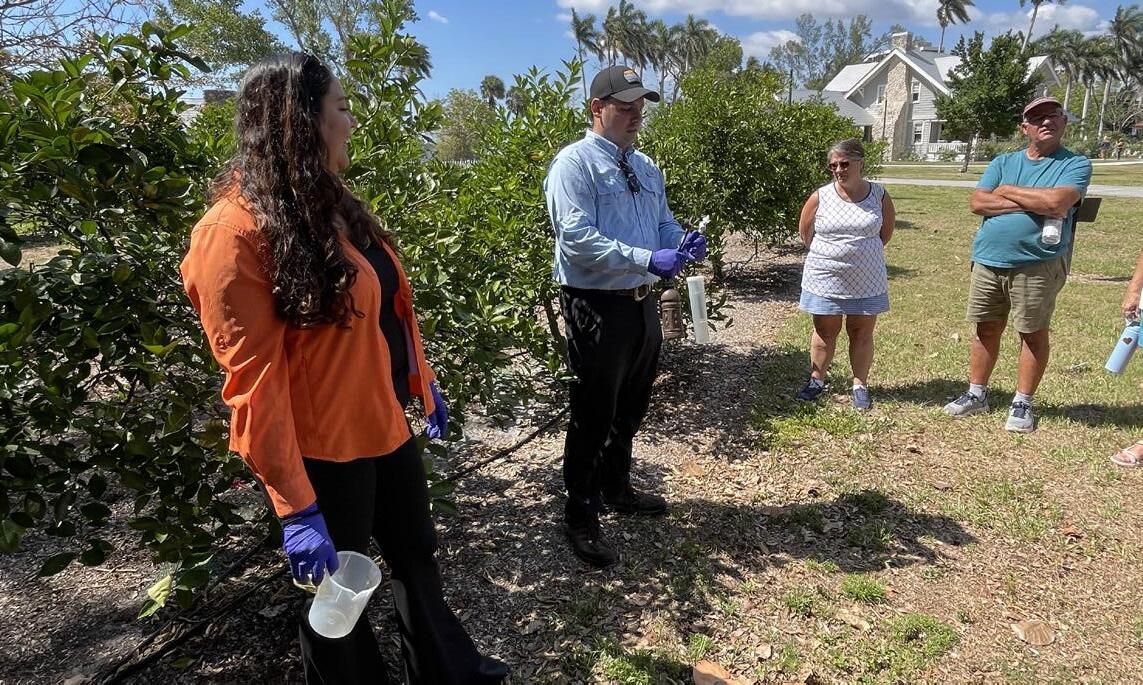
DR. TARDIO AND GABRIEL PUGINA
EXPLAIN THE PROCESS OF INJECTING ANTIBIOTICS INTO THE CITRUS TREES.
Farmers have concocted their own costeffective method for building injectors to apply the treatment. Pictured, Ph.D. candidate Gabe Pugina applies dual injectors to distribute the OTC more quickly. Each application takes between 10 to 20 minutes, depending on the thirst of the tree. It may sound counterintuitive, but if the trees are well watered, they take up the drug much more quickly. Today, it costs farmers approximately $1.50 per tree, perhaps twice a year to administer the antibiotics. As opposed to losing their trees, it has been decided that this is a worthwhile expense – 10 trained farm hands can treat approximately 10,000 trees per grove in a day. Inoculations take place immediately after flowering and any old fruit is removed
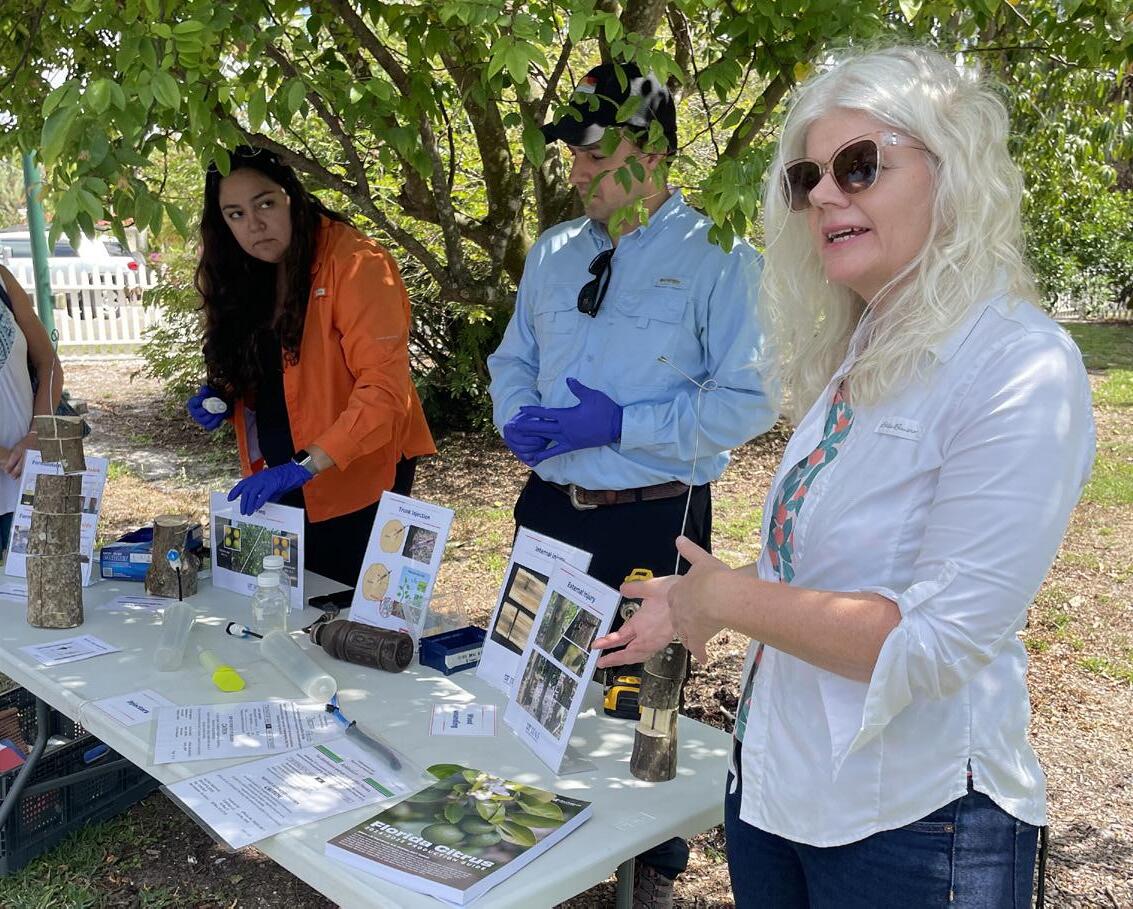
SCIENTISTS FROM THE UNIVERSITY OF FLORIDA, FROM LEFT TO RIGHT, DR. CAROLINE TARDIO, GABRIEL PUGINA (PH.D. CANDIDATE) AND DR. UTE ALBRECHT VISIT THE ESTATES.
from the trees. There is a six-month waiting period following injections before new fruit is considered safe for human consumption.
To date, there is no do-it-yourself kit for the homeowner because procurement of agricultural antibiotics requires a pesticide license due to obvious concerns about the potential consequences of improper use or misapplication of antibiotics.

TWO INJECTORS ARE INSERTED INTO EACH TREE, NEAR THE GRAFT SITE.
(continued on page 16)









Two of the biggest fans of the work being undertaken by UF/IFAS/Immokalee recently visited the estates to observe the progress. Dr. Fritz Roka, director of the Center for Agribusiness at the Lutgert College of Business at FGCU, was originally responsible for bringing the UF team together with the estates’ CEO, Michael Flanders, to enable the inoculation project at no cost to the estates. Dr. Roka shared that until the trees regain their economic viability with stable production of fruit, farmers will be hesitant to replant their acreage with citrus. Observing the progress of the trees at the estates, along with Roka was Ron Hamel, executive vice president and general
manager (ret.) of the Gulf Citrus Growers. Their dedication to the industry is obvious and it was wonderful to observe their satisfaction with the progress and growth exhibited within the Henry Ford Citrus Grove.
For anyone interested in the citrus research programs, IFAS/Immokalee is extending an invitation to their Citrus Open House to be held on Wednesday, November 19, where guests can meet the scientists and learn more about their research.
(continued on page 17)
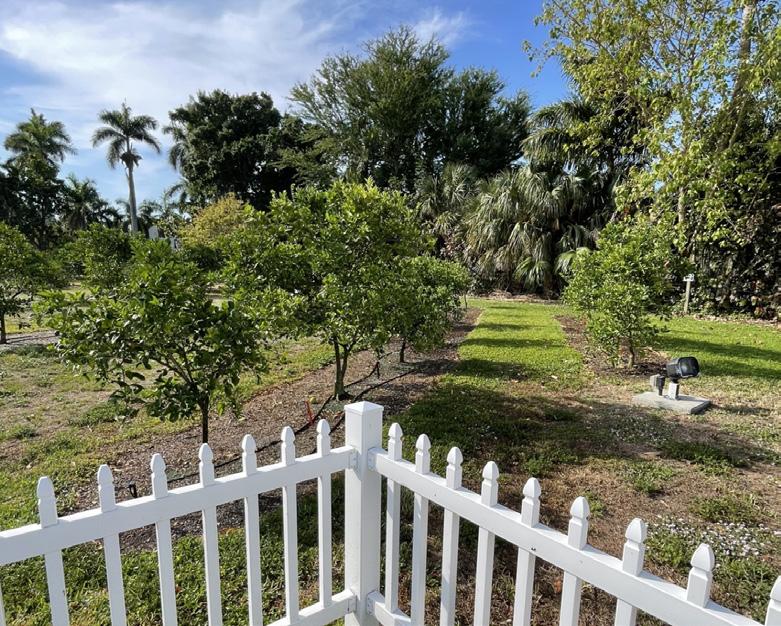
THE CURRENT CITRUS GROVE ON THE HENRY FORD ESTATE PROPERTY IS PRODUCING CITRUS.
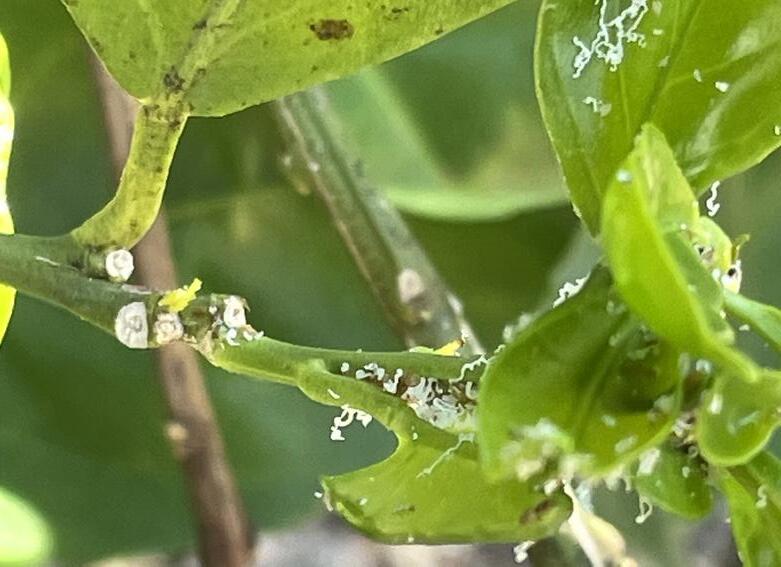
LEAVES ON CITRUS TREES SHOW PSYLLID (THE INSECT THAT SPREADS CITRUS GREENING) ACTIVITY.

PH.D. CANDIDATE, GABE PUGINA, PREPARES AND INJECTS CITRUS AT THE ESTATES WITH ANTIBIOTICS TO HELP FIGHT CITRUS GREENING.
Weather forecasters are predicting an above-average hurricane season this year. When it comes to planning for a possible weather emergency, the more you know—and the earlier you know it—the better prepared you’ll be to avoid weather-related scams and fraud.
Kick-start your to do list so you’re ready for whatever hurricanes or other big storms the summer throws at us—all while avoiding scams. Here are some steps to start with.
• Check your insurance policy to make sure it’s current. Find out what’s covered—and what isn’t.
• Do a household inventory. Make a list of your physical possessions and document them with photos or a video.
• Keep key documents safe, but accessible. Use a lockable fireproof box to gather important documents, so they’re ready to go if you have to leave quickly. Include things like your household inventory list, Social Security and health insurance cards, copies of deeds, titles, wills, passports, birth and marriage certificates. Include some cash, since ATMs or banks may be closed, and an extra set of keys for your house and car.
• Check out home repair contractors before you need one. Ask people you know and trust for recommendations. Then search online for the company’s name with words like “scam” or “complaint.” Confirm the contractor has the required licenses and that they’re insured. Then add their contacts in your phone or lock box. And, while you’re at it, save DisasterAssistance.gov to help you find local help in a disaster.
• Stay in the know. Bookmark ftc.gov/WeatherEmergencies so you always know how to avoid a scam while you prepare for or recover from a weather emergency. You’ll find ways to help you spot, avoid, and report scams as you prepare for, deal with, and recover from extreme weather and natural disasters.
In today’s high-stress, always-on world, many of us are seeking effective, sustainable ways to care for our bodies and minds. While the occasional massage may offer momentary relief, consistent massage therapy brings long-lasting, transformative benefits. Here’s how incorporating massage into your regular wellness routine can make a powerful difference:
Regular massage therapy can ease conditions like back pain, arthritis, sciatica, and fibromyalgia. Techniques such as deep tissue and trigger point massage help reduce inflammation, loosen tight muscles, and improve mobility—offering a natural, non-invasive solution for pain.
Massage stimulates blood flow and encourages lymphatic drainage, which helps deliver nutrients more efficiently and remove metabolic waste. This not only speeds recovery from injury but also supports your immune and cardiovascular systems.
Massage significantly reduces cortisol levels (the stress hormone) while increasing feel-good neurotransmitters like serotonin and dopamine. Over time, this leads to a more balanced mood and greater emotional resilience.
By reducing tension and increasing joint fluidity, massage can boost flexibility and help prevent injuries. Whether you’re an athlete or simply want to stay mobile, regular bodywork keeps you limber and strong.
Struggling with sleep? Massage helps shift the body into a parasympathetic (“rest and digest”) state, promoting deeper, more restorative sleep. It’s especially helpful for those suffering from insomnia or sleep disturbances related to pain or stress.
Reduced stress levels and improved lymphatic function mean your immune system can do its job more effectively. Consistent massage supports the body’s natural defense mechanisms—especially important during cold and flu season.
Better sleep, reduced anxiety, and improved circulation all contribute to improved cognitive function. Regular massage helps you feel more grounded, focused, and ready to tackle your day with a clear mind.
True wellness comes with consistency. Whether it’s weekly, biweekly, or monthly, setting up a regular massage schedule helps your body and mind adapt and improve over time. Thankfully, there are businesses out there like Massage Envy that make your new routine both convenient and affordable! Massage therapy is not just about relaxation—it’s about restoration, resilience, and long-term health. Take the time to care for yourself consistently, and your body will thank you for years to come.
To book your next session or learn more about our discounted wellness packages, visit MassageEnvy.com or stop into one of our 6 Southwest Florida Massage Envy Locations.



This article is a paid advertisement. The content was provided by the sponsor and does not necessarily reflect the views of this community or Seabreeze Communications.
As we progress into the heat of summer, fishing both inshore and offshore can still be good, just prepare for hot days and keep an eye on the weather. Many anglers prefer to get an early start and off the water ahead of the midday heat and afternoon storms.
Inshore, the mangrove snapper bite will continue to heat up. A variety of baits including shrimp,

pilchards, herring, small pinfish, and cut bait will entice fish around docks, piers, bridges, under deeper mangrove shorelines, oyster bars, sand potholes, and rock ledges in and near the passes. Mangrove snapper is one of our tastier fish and fights hard for their size. They make a great summer target. They are leader and hook shy, if the water is clear, it’s often necessary to lighten the tackle.
Inshore, I go with 2 feet or more of 12- to 20-pound fluorocarbon leader and a 1/0 circle hook or smaller.
The best snook and redfish action will come on days with strong tides. They can often be caught together around docks, shorelines, and structure around the gulf passes, as well as oyster bars and shoreline overhangs on the higher tides. Season for spotted sea trout and redfish is open, while snook season is closed. As the water warms over summer months, some of the better action for trout will come from 4- to 8-foot depths in areas with a grassy or sand/grass mottled bottom.
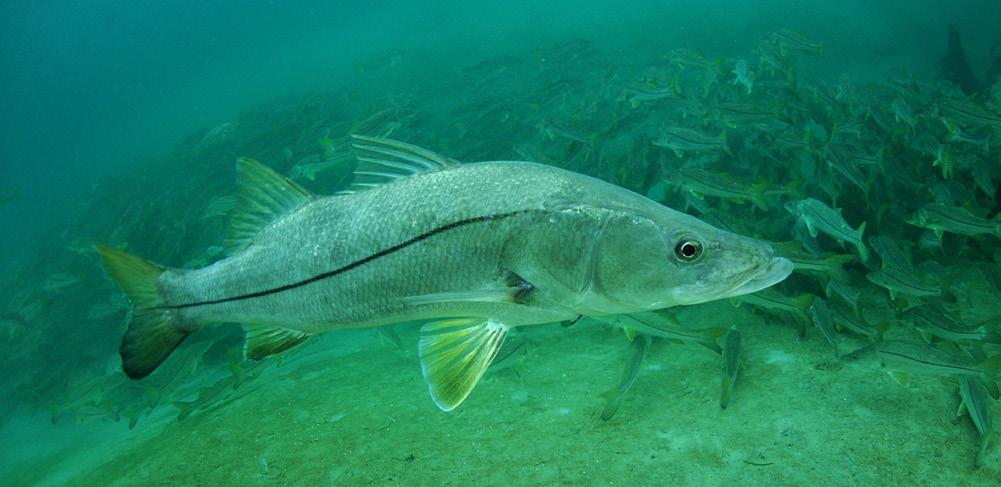
(continued on page 21)
Calm summer mornings will give good opportunities to run offshore. To the best of my knowledge, American red snapper season is open for the month of July for those willing to make the long run offshore. Please don’t take my word and check regulations before venturing out. It looks like both red and gag grouper seasons are closed.
To get updated on grouper, snapper, redfish, snook, sea trout and all current fishing regulations go to www.myfwc.com. Or download the Fish Rules app onto your phone.
Closer to land, wrecks and reefs can be productive with everything from snapper to barracuda to giant goliath grouper. Anchoring up current of structure with a fresh chum bag is preferred. A variety of baits is a good idea as well as an arsenal of rods rigged and ready for light to heavy action.
For fun and fast action offshore, look for bonito and Spanish mackerel harassing bait schools in depths from 30 to 80 feet. Silver spoons or Tuna Jets in various colors can bring instant hookups when trolled around feeding activity. Watch for birds and surface commotion to locate the fish. Also look around the artificial reefs. Spanish mackerel are also plentiful around the gulf passes and inshore around schooling baitfish.
Sharks are another summertime favorite. Varieties of species both large and small are
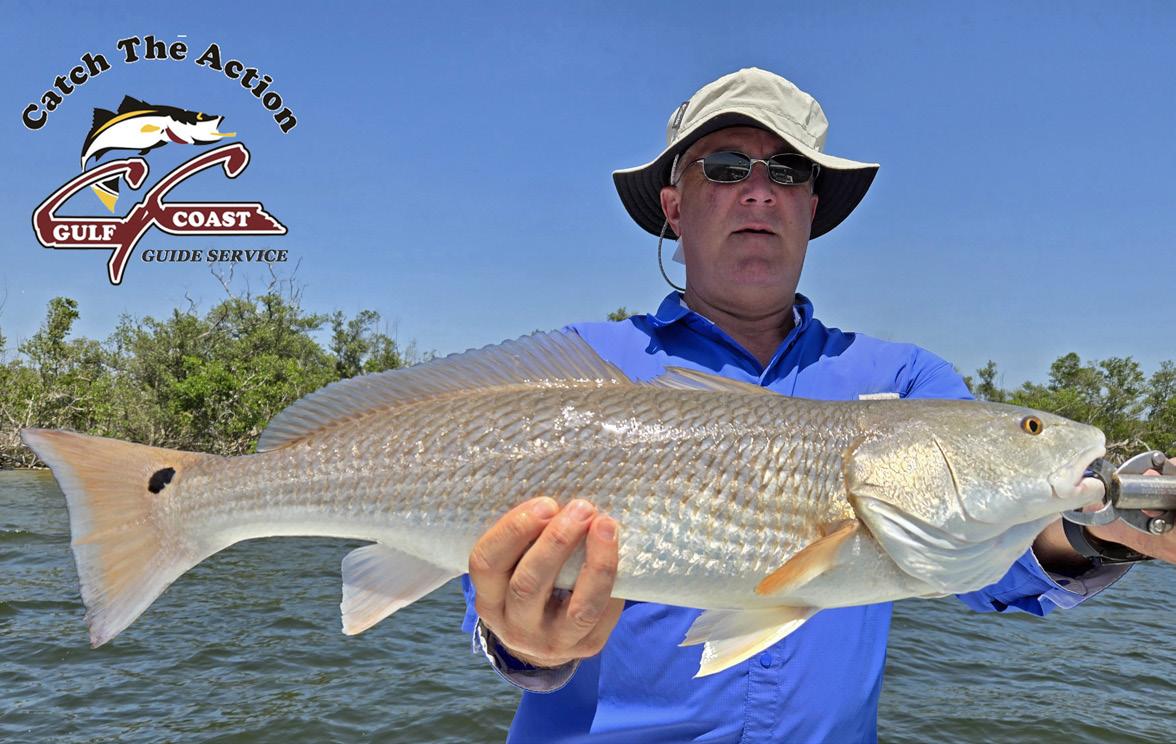
common catches both inshore and off. While they are a nuisance for some, many anglers target them for their fighting ability. Sharks play an important role in our ecosystem; please make every effort to quickly release them unharmed. Every kid loves to catch a shark of any size, now is a good time, just make sure and do it safely for both the angler and the shark.
For charter information, please contact us at Gulf Coast Guide Service and “Catch the Action” with Capt. Bill Russell, call or text (239) 410-8576, website: www.fishpineisland.com , email: gcl2fish@live.com .
Capt. Bill Russell is a native and lifelong resident of Pine Island who has spent his entire life fishing the waters surrounding Pine Island and Southwest Florida. For the past 29 years, Bill has been a professional fishing guide who takes pride in customizing each trip to ensure everyone on board has a great time and will return again. Come join us and “Catch the Action.”

KATIE HEYSTEK
Who wants to heat up the kitchen in July? Not I! Summer is here! It’s time for cookouts, barbecues, pool parties and picnics! Happy eating!
This recipe is popular with kids and adults and can be altered many ways. It makes terrific leftovers too!
6 to 8 hours to make • Serves 6 to 8 (or more)
1 2- to 5-pound pork butt/pork shoulder roast (with excess fat cap trimmed)
Salt, pepper, garlic powder and your favorite all-purpose seasoning or barbecue rub
1 medium onion, thinly sliced
Approximately 12 ounces liquid (apple juice, Dr. Pepper or other soda, beer, broth, etc.)
3/4 cup of your favorite barbecue sauce (more to taste and to top) (I use Sweet Baby Ray’s Honey.)
1 tablespoon apple cider vinegar
1. Layer onions in bottom of slow cooker.
2. Place meat on top of onions. If necessary, cut in half to fit.
3. Season meat with salt, pepper, garlic and seasoning. (You can use any seasonings or spices you like.)
4. Add your liquid of choice and vinegar.
5. Cover and cook 8 to 10 hours on low or 6 hours on high.
6. Transfer meat to a cutting board or large bowl and pull apart into shreds using two forks or meat claws. (If there is a lot of liquid in the slow cooker, I drain most of it but save the onions.)
7. Return meat to the slow cooker.
8. Stir barbecue sauce gently into the shredded pork and onions.
9. Spoon meat on to buns with a slotted spoon or tongs.
10. Serve on your favorite rolls or Texas Toast and top with coleslaw of your choice, if desired.
• In place of pork butt/shoulder you can use pork chops or southernstyle spare ribs, boneless chicken (breast, thigh or both), beef (roast or cheaper steak cuts) as well.
• You can add the barbecue sauce after it’s on the buns instead, so leftovers may be used for other things.
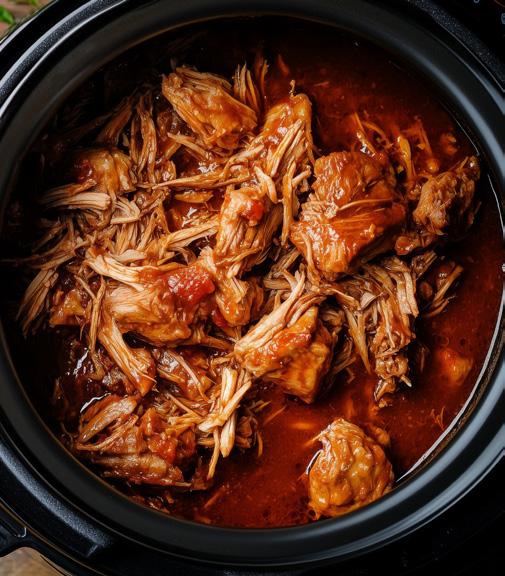
• For tacos or nachos you can use peppers (fresh or jarred) and no barbecue sauce. (Add cumin or packaged taco/fajita seasoning.)
• Experiment and adjust your seasonings, sauces and liquids to change flavors for tacos, fajitas, hoagies, Phillys, etc.
